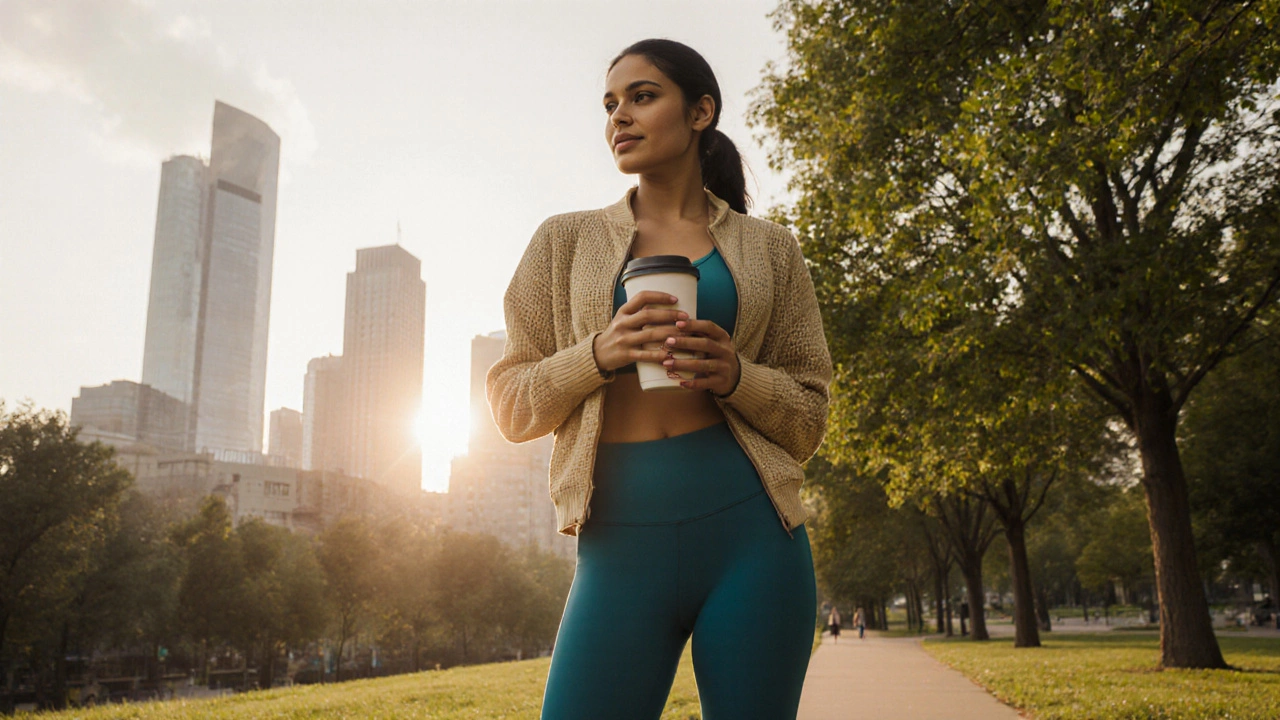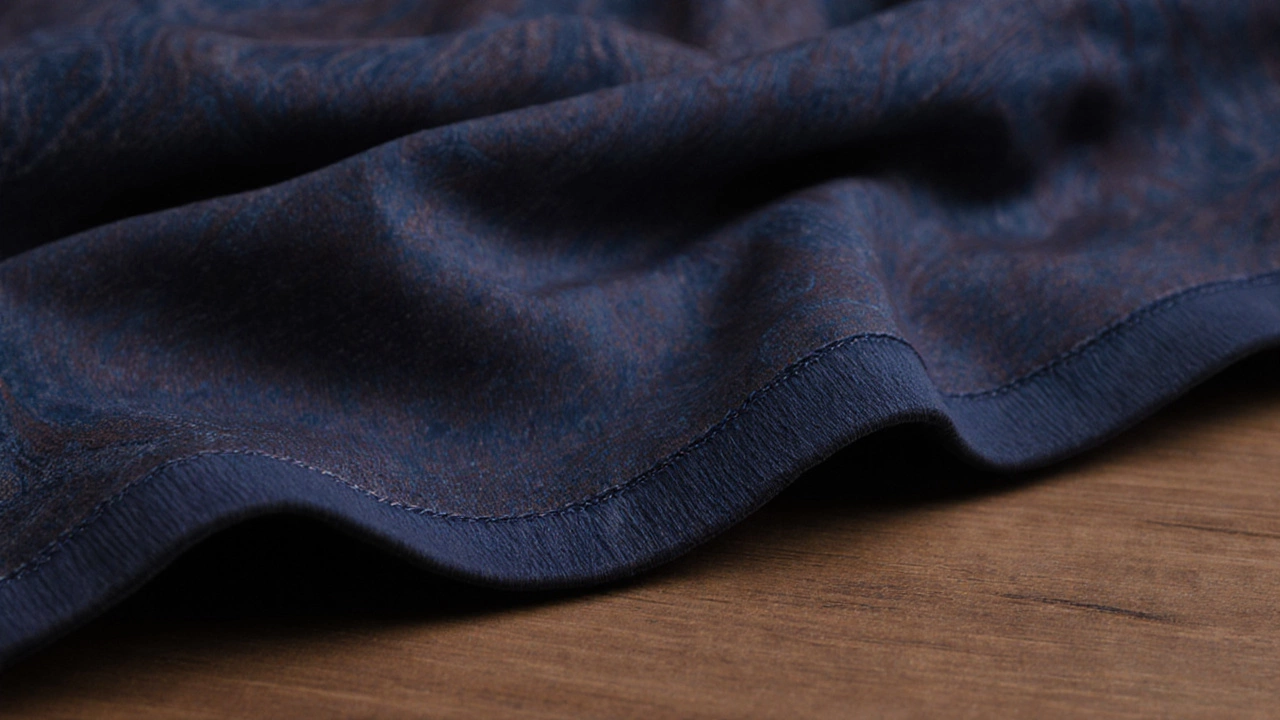Is Lululemon Really Athleisure? The Full Breakdown

Athleisure Qualifier
This tool helps determine whether your outfit qualifies as athleisure by checking key factors like fabric performance, styling versatility, and price point.
- Both Lululemon and athleisure blend performance tech with everyday style.
- Lululemon’s roots are yoga and high‑performance fabrics.
- Athleisure covers a wider range of brands and casual looks.
- Key differences lie in price point, design focus, and cultural positioning.
- Answer: Lululemon fits the athleisure category, but it also pushes the boundaries toward premium activewear.
What Exactly Is Athleisure?
Athleisure is a hybrid style that mixes athletic performance wear with casual, street‑ready aesthetics. It started in the early 2010s when people began wearing gym‑quality leggings, joggers, and moisture‑wicking tops outside the workout setting. The core attributes are:
- Technical fabrics that manage sweat, stretch, and durability.
- Designs that look good in coffee shops, office corridors, and grocery aisles.
- Price points that range from fast‑fashion ($30‑$80) to premium ($150‑$300+).
Brands like Nike, Adidas, Alo Yoga, and Athleta all claim a slice of the athleisure pie.
Who Is Lululemon?
Founded in 1998 in Vancouver, Canada, Lululemon began as a yoga‑centric boutique. Its early success hinged on proprietary fabrics-like Luon and Nulu-that offered a buttery feel and four‑way stretch. Over the years the label broadened its catalog to include running gear, outerwear, and even casual shoes, but the brand’s DNA remains deeply rooted in yoga and high‑performance design.
How Lululemon Aligns With Athleisure Traits
When you line up Lululemon’s product traits against the athleisure checklist, the overlap is striking:
- Technical fabrics: Every piece boasts moisture‑wicking, anti‑odor, or compression features.
- Everyday style: The Seamless leggings, Align pants, and Scuba jackets are regularly spotted in coworking spaces and brunch outings.
- Price positioning: While pricier than fast‑fashion athleisure, Lululemon still markets itself as wearable beyond the studio.
In short, Lululemon checks all the athleisure boxes, but it also adds a premium, brand‑centric layer.

Key Differences Between Lululemon and Typical Athleisure Brands
Even though Lululemon qualifies as athleisure, there are nuances that set it apart from the broader category.
| Aspect | Lululemon | Typical Athleisure (e.g., Zara Sport, Uniqlo) |
|---|---|---|
| Fabric Technology | Proprietary blends (Luon, Nulu, Everlux) | Standard cotton‑poly blends, limited tech |
| Design Focus | Performance‑first with sleek aesthetics | Trend‑driven, fashion‑first |
| Price Range (USD) | $80‑$300+ | $30‑$120 |
| Community Ecosystem | In‑store yoga classes, ambassador program | Mostly retail, limited community |
| Brand Perception | Premium active‑lifestyle | Casual, accessible |
These distinctions matter if you’re weighing cost, performance, or brand vibe.
Real‑World Scenarios: When Lululemon Is the Right Athleisure Choice
Imagine you’re heading to a morning yoga class, then grabbing a latte, and later meeting a client for a casual pitch. A pair of Align leggings will keep you comfortable on the mat, look polished over a fitted blazer, and transition seamlessly to a coffee shop. The same logic applies to:
- Running errands in Scuba jackets that repel rain while looking sleek.
- Traveling with Fast and Free tights that stay fresh on long flights.
In each case, Lululemon’s performance edge justifies the higher price.
Common Pitfalls and How to Avoid Them
Even if Lululemon fits the athleisure mold, shoppers can stumble:
- Over‑investing in trends: Limited‑edition colors sell fast; stick to classic black, navy, or heather for longer wear.
- Ignoring fit nuances: Different lines (Align vs. Wunder) have distinct sizing guides-always try them on or check the brand’s size chart.
- Neglecting care instructions: Technical fabrics need cold‑wash cycles and low‑heat drying to maintain stretch.
Following these tips keeps your Lululemon pieces looking fresh season after season.
Quick Checklist: Is This Piece Athleisure‑Ready?
- Does it use moisture‑wicking or four‑way stretch fabric?
- Can you wear it to a non‑gym setting without feeling out of place?
- Is the price justified by performance features?
- Does the style align with your everyday wardrobe?
If you answer “yes” to most, you’ve got a solid athleisure item-whether it’s from Lululemon or another brand.

Frequently Asked Questions
Is Lululemon just a yoga brand?
No. While yoga was the launchpad, Lululemon now offers running gear, outerwear, and everyday casual wear, all built with performance fabrics.
Can I wear Lululemon to the office?
Absolutely, especially the sleek leggings, tailored jackets, and simple tees. Pair them with a blazer or smart shoes for a business‑casual look.
How does Lululemon’s price compare to other athleisure brands?
Lululemon sits in the premium tier, typically $80‑$300+, whereas fast‑fashion athleisure ranges $30‑$120. The price reflects proprietary fabrics, design research, and community experiences.
What’s the best way to care for Lululemon garments?
Turn pieces inside‑out, wash cold on a gentle cycle, and tumble dry low or line‑dry. Avoid fabric softeners-they can break down the stretch.
Is Lululemon sustainable?
The brand has pledged to use 100% responsibly sourced cotton by 2025 and is increasing recycled polyester in its collections, but the high price and short product cycles still raise sustainability questions.
- Sep, 28 2025
- Violet Greenfield
- 0
- Permalink
- Tags:
- Lululemon athleisure
- athleisure definition
- Lululemon clothing
- activewear vs athleisure
- Lululemon brand
Written by Violet Greenfield
View all posts by: Violet Greenfield